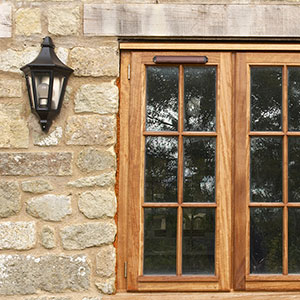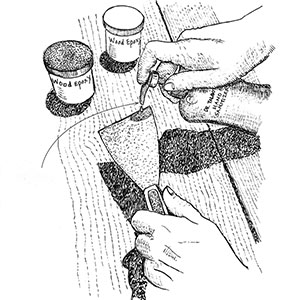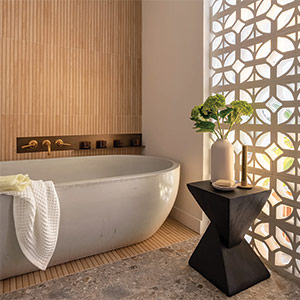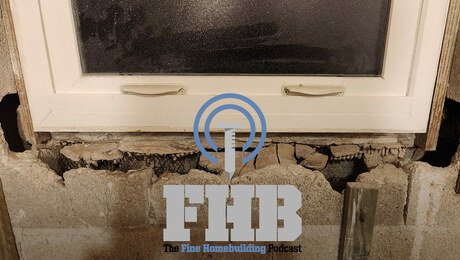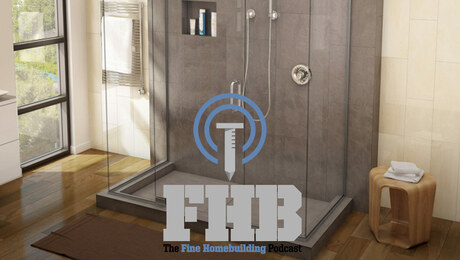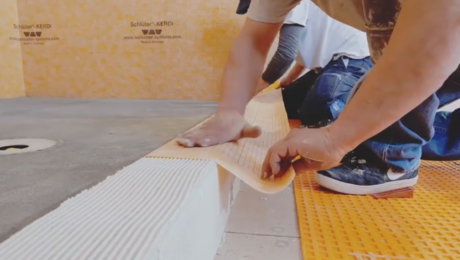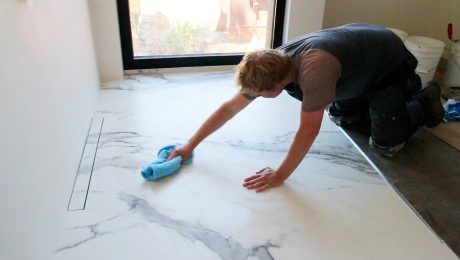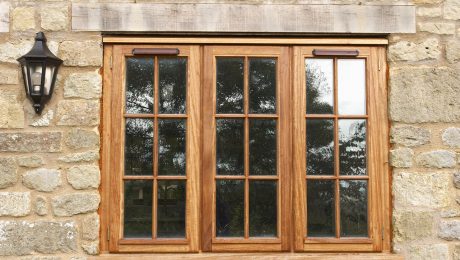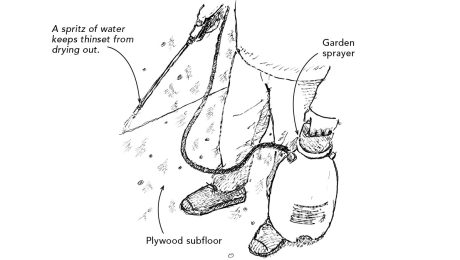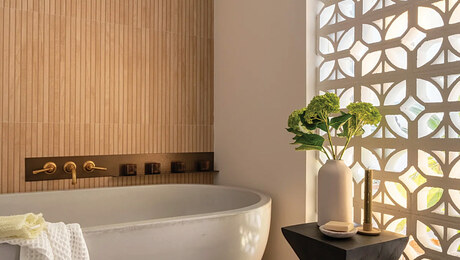What's the Difference: Bathroom tile
Make sure you choose the right tile for the right projects, because some are very slippery when wet
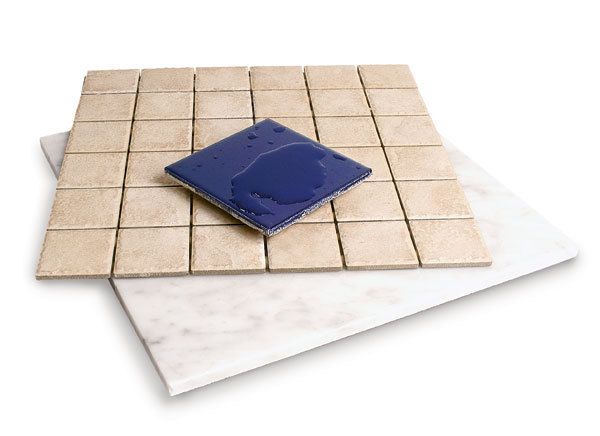
Scott Gibson
Floor tile vs. shower tile
Ceramic tile makes a durable, low-maintenance shower enclosure. But specific types of floor tile cannot be used in wet environments—not because they will be damaged by water but because they may become treacherously slippery when wet.
Tile manufacturers use a numerical value called a coefficient of friction, or COF, to describe how much traction a tile surface provides. In wet areas, that number should be 0.60 or greater, says Lori Kirk-Rolley of Dal-Tile, a Texas-based tile-maker. Manufacturers may not print the COF on tile cartons, but Kirk-Rolley suggests asking about it (some building codes may require a specific coefficient). Alternatively, look for tile with a slightly roughened, slatelike texture. Smooth, highly polished, or glazed tile (or natural stone) will be too slick.
Some types of tile are too porous for use in a shower even if their size and texture seem appropriate. Natural clay pavers, like Mexican saltillo tile, would let water soak right through, Kirk-Rolley says, so they should be limited to dry areas.
Another factor is tile size. Floor tile is available in sizes up to 18 in. square. But tile that large won’t conform to the contours of a shower floor pan, leaving gaps beneath the tile. When your 300-lb. Uncle Bob visits and tries out your new shower, those big tiles will crack. Try smaller tiles, like mosaics that come in flexible sheets. And wall tile? Never use it on a floor. It’s not strong enough. —S. G.



